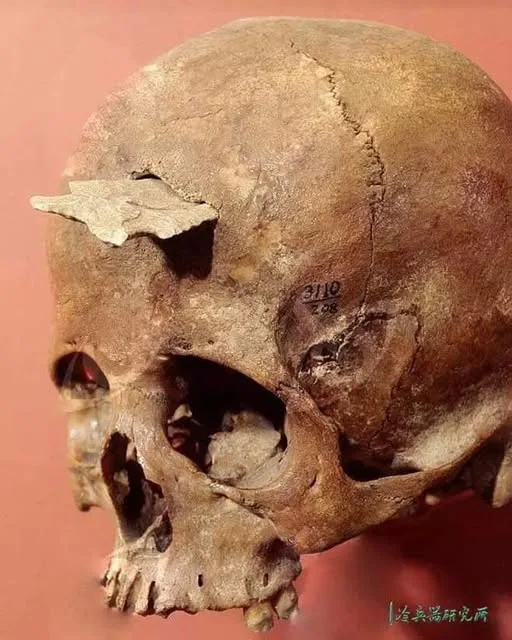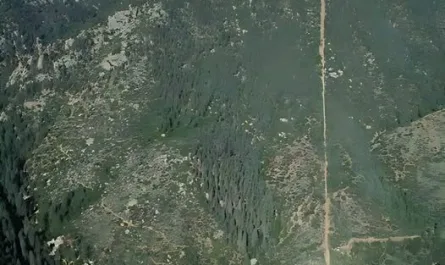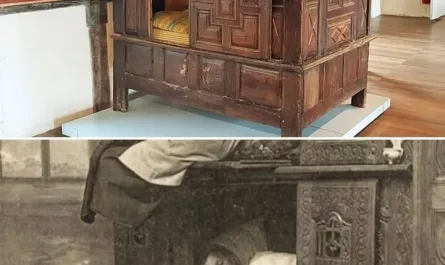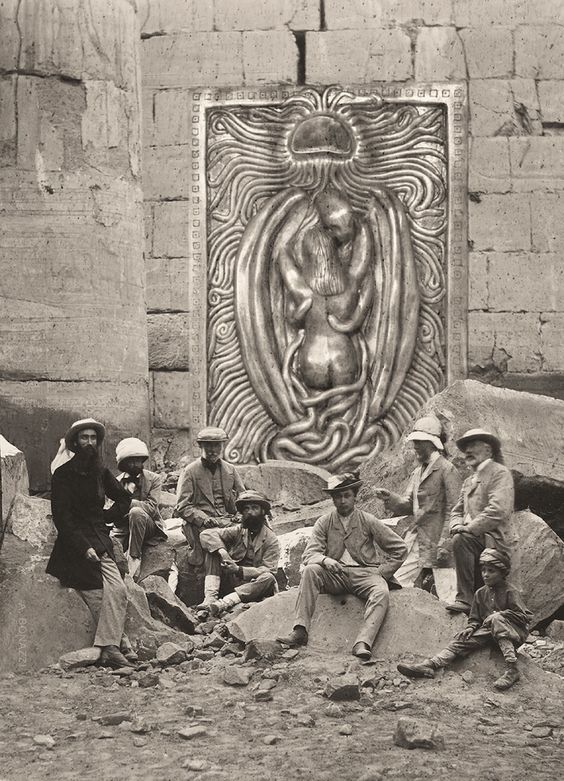Nestled in the Mesa Verde National Park Museum in Colorado lies a chilling artifact: the skull of a young Anasazi woman from the Pueblo I Period (750–900 CE), with an arrowhead embedded in it, marking the violent end of her life at around 20 years old. This remarkable find, uncovered during excavations in the Four Corners region, offers a poignant glimpse into the life, death, and world of the Ancestral Puebloans, also known as the Anasazi. In this blog post, we’ll explore the story behind this skull, the context of the Pueblo I Period, the significance of the discovery, and the ethical questions surrounding its display.

The Anasazi and the Pueblo I Period
The Anasazi, or Ancestral Puebloans, were a sophisticated Native American civilization that thrived in the Four Corners region (where Colorado, Utah, Arizona, and New Mexico meet) from roughly 100 to 1300 CE. Renowned for their cliff dwellings, intricate pottery, and advanced agricultural techniques, they adapted to the arid Southwest with ingenuity. The Pueblo I Period (750–900 CE) marked a transformative time, as the Anasazi transitioned from semi-subterranean pit houses to above-ground masonry structures, precursors to the iconic cliff dwellings of later periods. This era also saw population growth, expanded settlements, and increased social complexity, but it wasn’t without challenges like resource scarcity and conflict.
The young woman whose skull is displayed lived during this dynamic period. Her life would have been rooted in her community, likely involving tasks like farming corn, beans, and squash, crafting pottery, or weaving. Yet, the arrowhead lodged in her skull tells a darker story—one of violence that cut her life tragically short.
The Discovery: A Window into a Violent Past
The skull was unearthed during excavations at Mesa Verde National Park, a UNESCO World Heritage Site and a treasure trove of Ancestral Puebloan history. Found with an arrowhead embedded in it, the artifact is a rare and vivid testament to the realities of life and death in the Pueblo I Period. Forensic analysis suggests the arrowhead caused a fatal, instantaneous injury, indicating a deliberate and powerful strike. The preservation of the skull, aided by the dry climate of the Southwest, has kept both the bone and the arrowhead intact, making it a valuable find for archaeologists studying Anasazi burial practices and societal dynamics.
The arrowhead itself, likely made of obsidian or chert, reflects the Anasazi’s skilled craftsmanship. Such tools were used for hunting and, as this find suggests, in conflict. The placement and force of the arrow indicate intent, ruling out a hunting accident as a likely cause. Theories about her death range from inter Grown intergroup conflict to interpersonal violence within her community, though the exact circumstances remain speculative.
What Happened to Her?
The embedded arrowhead raises haunting questions about the young woman’s fate. Was she caught in a raid by a rival group, a common occurrence during the Pueblo I Period due to competition for resources? Or was it a personal dispute within her community? Another possibility is a tragic accident, though the arrow’s trajectory suggests deliberate intent. These scenarios highlight the complexities of Anasazi society, where communal living coexisted with moments of violence, possibly driven by environmental stress or territorial disputes.
The Artifact’s Significance
The skull is more than a relic—it’s a narrative frozen in time. It provides critical insights into the Pueblo I Period, revealing the challenges of survival in a harsh environment. The arrowhead, a testament to Anasazi weapon-making skills, underscores their resourcefulness and the dual role of such tools in hunting and defense. The discovery also sheds light on the societal pressures of the time, where resource scarcity and population growth may have fueled conflicts.
For researchers, the skull offers a rare opportunity to study trauma and mortality in ancient societies. For visitors to the Mesa Verde National Park Museum, it’s a poignant reminder of the human cost of survival, bridging the ancient and modern worlds.
Ethical Considerations of Display
The skull’s display in the Mesa Verde National Park Museum draws thousands of visitors, sparking both fascination and reflection. However, it also raises ethical questions about exhibiting human remains. While the museum aims to educate and honor the woman’s story, some argue that such displays risk dehumanizing the individual. The museum addresses this by presenting the artifact with dignity, emphasizing its educational value and the broader context of Anasazi life. This balance between education and respect remains a topic of ongoing debate in archaeology and museum studies.
The Broader Context of Mesa Verde
Mesa Verde National Park, established in 1906, preserves over 4,000 archaeological sites, including 600 cliff dwellings, making it one of the most significant repositories of Ancestral Puebloan history. The park’s excavations, like the one that uncovered this skull, reveal the Anasazi’s architectural prowess, agricultural innovations, and complex social structures. The Pueblo I Period, in particular, was a time of transition, setting the stage for the iconic cliff dwellings of the later Pueblo II and III periods.
Conclusion
The skull of the Anasazi woman, with its embedded arrowhead, is a powerful artifact that tells a story of life, violence, and resilience in the Pueblo I Period. Discovered at Mesa Verde National Park, it offers a window into the challenges faced by the Ancestral Puebloans, from resource competition to societal conflicts. While its display raises ethical questions, it also serves as a bridge to understanding the human experience in ancient times. As visitors gaze upon this relic, they’re reminded of the fragility and strength of those who came before us, their stories etched in bone and stone.
If you’re interested in learning more about Mesa Verde, the Anasazi, or recent discussions about this artifact on platforms like X, let me know, and I can dive deeper!





